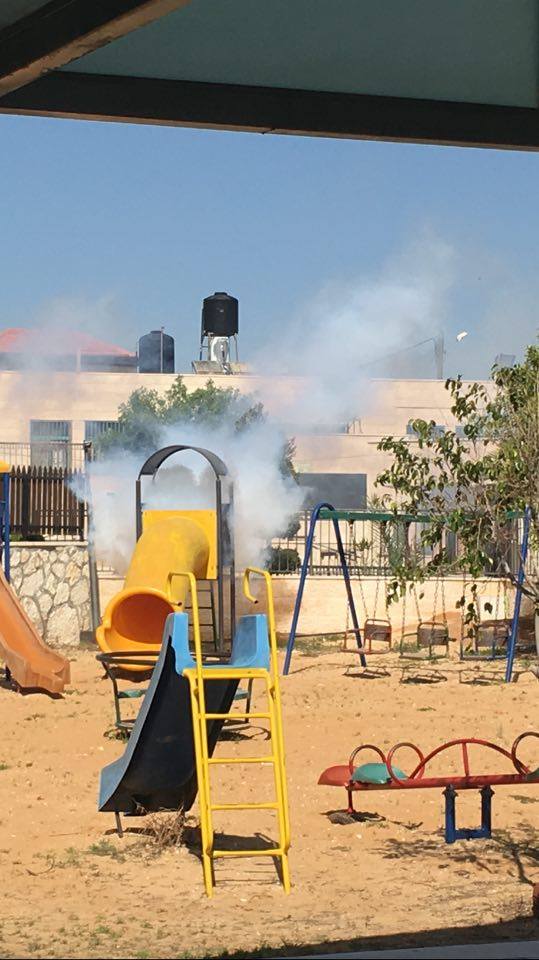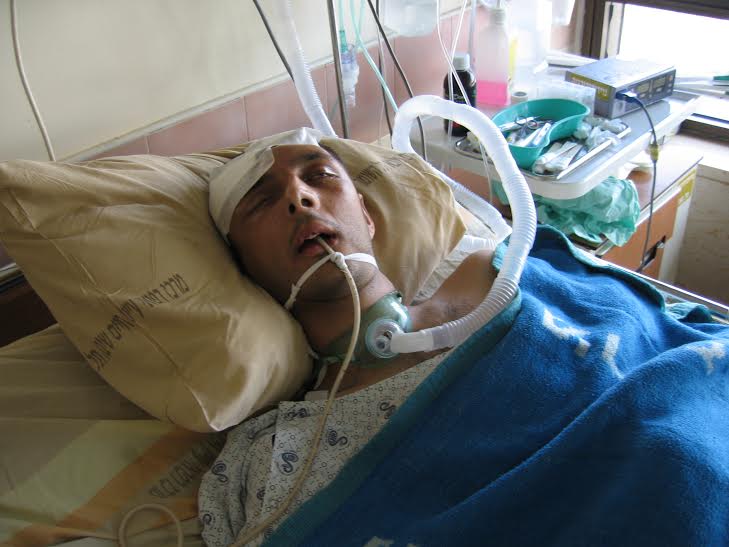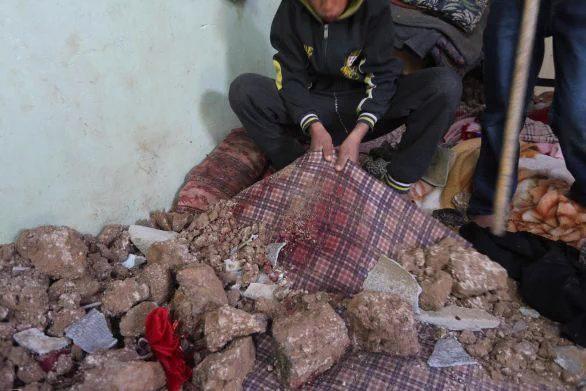-
Targeting playgrounds in Ni’lin
14th March 2016 | International Solidarity Movement, al-Khalil team | Hebron, occupied Palestine On Friday, 11th March 2016, Israeli forces again attacked the non-violent protest in Ni’lin in the occupied West Bank, showering the village, including a public park and playground, in tear gas. For years the villagers of Ni’lin have been protesting the illegal […]
-
The anniversary of Tristan Anderson and the ongoing struggle
13th March 2016 | International Solidarity Movement, Al-Khalil Team | Ni’lin, Occupied Palestine On the 13th March 2009 around 4:30pm, Tristan Anderson, an ISM volunteer from the US was critically wounded by the occupying Israeli forces while peacefully demonstrating against the ongoing occupation of the West Bank village of Ni’lin. The wounds he sustained were from a high […]
-
Israeli airstrike kills 10 year old boy and injures others in Gaza
12th March 2016 | International Solidarity Movement, Al-Khalil Team |Ma’an, Occupied Gaza ******** Update Isra Abu Khosa, 6 year old sister of Yassin Abu Khusa, has died from the injuries she sustained in the bombing raid on Gaza by Israeli forces on Friday. ******** Children were the latest victims of last nights continued assault on besieged Gaza […]
Action Alert An Nabi Saleh Apartheid Wall Arrests BDS Bethlehem Bil'in Cast Lead Demonstration Denial of Entry Ethnic Cleansing Farmers Gaza Global Actions Hebron House Demolition International law Israeli Army Jerusalem Live Ammunition Nablus Ni'lin Prisoner Ramallah Rubber-coated steel bullets Settlement Settlers Settler violence Tear-Gas Canister Video



